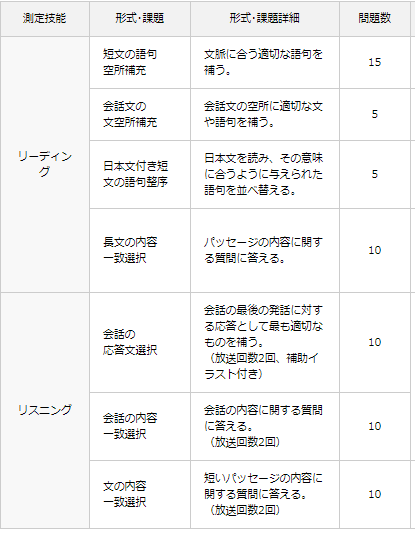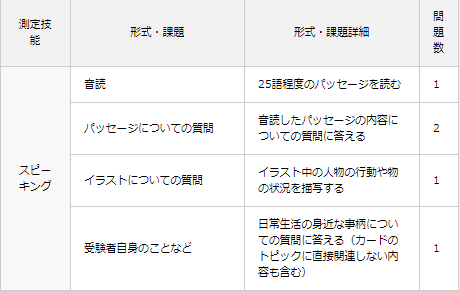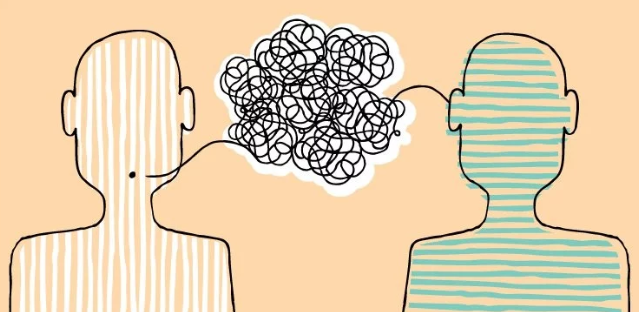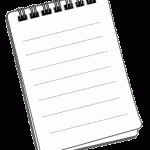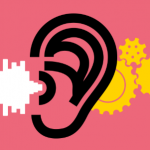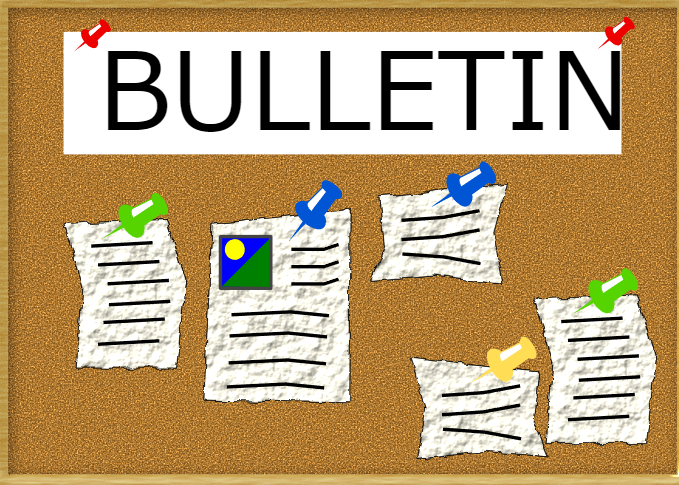5分でわかる! 英検3級 大問 3【C】説明文 攻略のコツ

英検3級 大問3 長文読解では、英文を読んで、その内容に関して
最も適切なものを4つの選択肢の中から選ぶ問題です。
身近なことに関する文章を理解することができるかが求められます。
以下のように【A】【B】【C】の3つに分かれていて、
合計10問で構成されています。
10問を20分で解答できるようにしてください。
大問3【A】 掲示・案内 100語程度 設問数 2
大問3【B】 Eメール又は手紙 260語程度 設問数 3
大問3【C】 説明文 260語程度 設問数 5

大問 3【C】説明文 解答テクニック
大問 3【C】(説明文)は、人物の業績や生い立ち、
動物の生態、場所や観光地の案内などが多くなっています。
それでは、実際の問題から解答テクニックをまとめてみます。
出典: 英検3級 2017年度第2回
London’s Bicycles
There are many ways to travel around London, England.
The subway train system, the Tube, is famous because it is quick,
and people can use the Internet for free at all 270 stations in the
city. But some people think it is too expensive to ride. Also, it is
often crowded and hot, and people can’t see much through the
windows. Now, many people get around by bicycle.
Today, people who need bicycles can rent* them. This
started in July 2010. A big bank gave money to the city to buy the
bicycles. At the time, Boris Johnson was the mayor* of London, so
people called the bicycles Boris Bikes.
People can rent bicycles in London at any time of the day or
night. People can find them at places called docking stations. First,
people pay money to rent a bicycle. Then, they get a number to
unlock* it. After using the bicycle, people can return it to any
docking station. If the bike ride is less than 30 minutes, people
don’t have to pay any more money.
When the bicycle service started, there were 5,000 bicycles
and 315 docking stations in London. In 2012, there were about
8,000 bicycles and 570 docking stations. During the 2012 London
Olympics, bicycles were rented 47,105 times on just one day.
People use the bicycles for different reasons. Visitors to
London think they are a cheap way to see the city. Many people
who work there think cycling is healthy and better for the
environment, too.
*rent: ~を借りる
*mayor: 市長
*unlock: ~を開錠する
(26) Why is the Tube famous?
1 People can take nice photos from the windows.
2 It is very old, and tickets are cheap.
3 People can borrow computers at the stations.
4 It is a fast way to travel, and the Internet is free.
(27) Why are the bicycles called Boris Bikes?
1 Boris is the name of a popular place in London.
2 Boris was the name of a famous bicycle company.
3 Boris was the name of the mayor of London.
4 Boris is the name of the bank that bought the bicycles.
(28) People don’t have to pay more money if
1 they use a bicycle during the Olympics.
2 they are visiting London on a holiday.
3 they use a bicycle for less than 30 minutes.
4 they keep a bicycle all day and night.
(29) How many bicycles were there in 2012?
1 About 315.
2 About 570.
3 About 5,000.
4 About 8,000.
(30) What is this story about?
1 How to travel around England by train.
2 A cheap and healthy way to travel around London.
3 Why subway trains are bad for the environment.
4 The life of the new mayor of London.

1 タイトルを読み、何についての説明文かを推測します。
London’s bicycles ロンドンの自転車について書かれています。
ロンドンの自転車がなぜ取り上げられているか推測しながら読み進めます。
2 最初の設問文を読み、何を聞かれているかを把握します。
設問(26)では、「チューブがなぜ有名か」の問いの答えを本文から探します。
3 答えを探すつもりで上から英文を読む
設問の答えになりそうな箇所を見つけたら、選択肢をチェックして正解を選びます。
設問の解答に関連する箇所は上から順番に探せるようになっています。
つまり、次の設問の答えが書かれている箇所は前の答えが書かれていた
箇所よりも後に書かれています。
第1段落の2行目に「the Tube, is famous ・・・とあり、
その理由が続いて書かれています。
選択肢を見て、4が有名な理由と一致していることはすぐにわかります。

4. 最後の5問目に注意
ただし、最後の5問目に注意してください。
5問目は、What is this story about?「この話は何についてか」という質問です。
よって、文章全体を通して書かれている内容の選択肢を選ばなければなりません。
ただし、大きなヒントが最終段落に書かれていることが多いです。
設問(30)では、「この話は何についてか」と一件全文を
読まないとわからないと思いがちですが、
答えが書かれている箇所は最終段落にあり、
自転車が a cheap way to see the city, とあり、
cycling is healthy とも説明しています。


